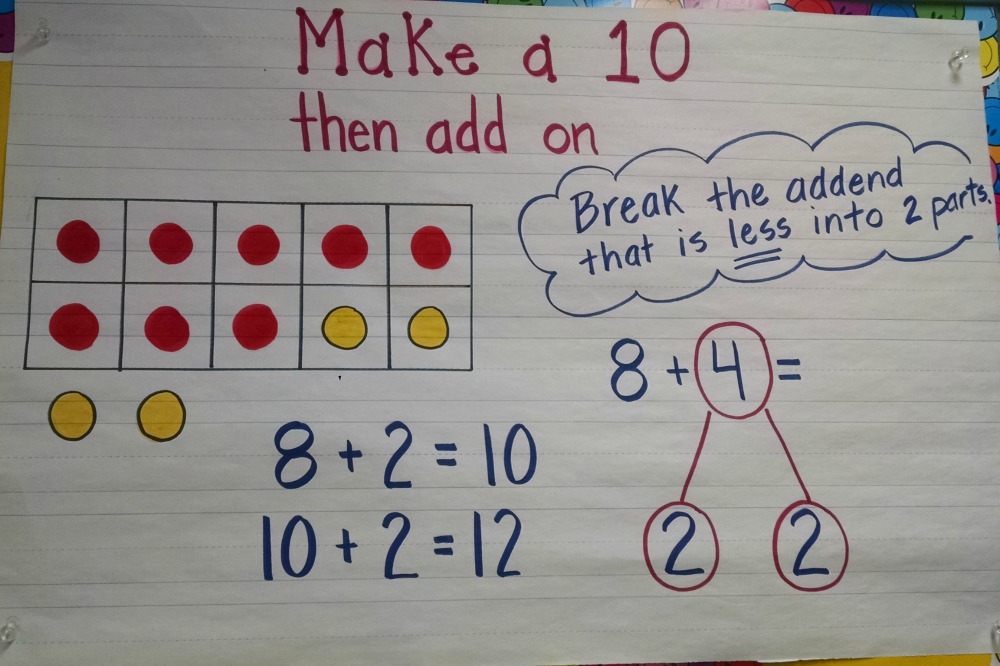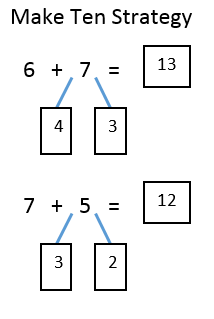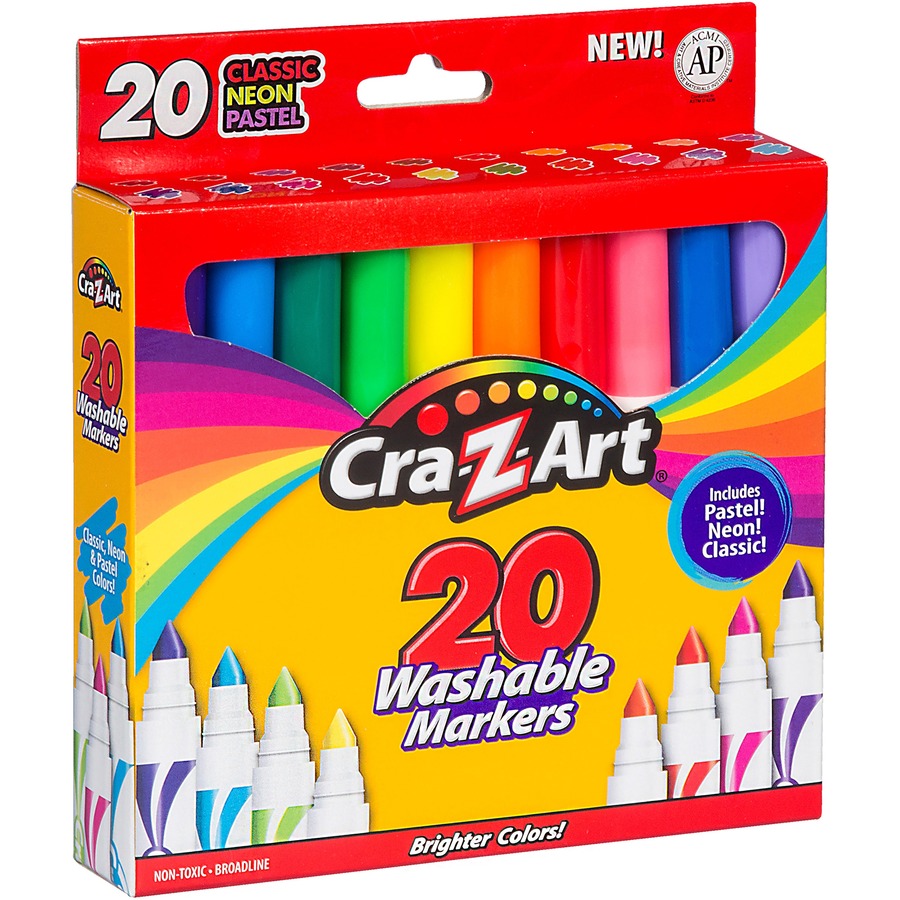Make a ten strategy for addition
Table of Contents
Table of Contents
The Make 10 strategy is a popular technique used in math to help children make sense of addition concepts. This strategy focuses on breaking down numbers to make 10 and helps students develop mental math skills. In this article, we’ll explore what the Make 10 strategy is and why it’s beneficial for young learners.
What are the Pain Points with Addition?
Many students find it challenging to understand addition concepts, especially when it comes to adding larger numbers. The traditional method of memorizing addition facts can be tedious, and many learners struggle with mental math skills. Students who struggle with addition may also have difficulty progressing to more advanced math topics, such as multiplication and division.
What is the Make 10 Strategy?
The Make 10 strategy is a mental math technique where students break down numbers to make 10, making it easier to add numbers together. The technique involves adding one number to another, so the sum equals 10. For example, if a student is adding 7 + 8, he or she can break down the 8 into 2 + 6, making it 7 + 2 + 6. From there, the student knows that 7 + 3 equals 10, and 10 + 5 equals 15, so the answer is 15.
Benefits of the Make 10 Strategy
One of the biggest benefits of the Make 10 strategy is that it helps students develop mental math skills, which is essential for students to progress onto more advanced math topics. Additionally, the strategy is easy to understand and can be implemented in any classroom, making it an effective tool for teachers to use. Using the Make 10 strategy can also help build confidence in students who struggle with math, encouraging them to engage with math concepts more positively.
Examples of the Make 10 Strategy in Action
When I was in elementary school, my teacher emphasized the importance of the Make 10 strategy by providing us with worksheets and center activities that focused on breaking down numbers to make 10. We would play games that involved rolling dice and adding the numbers together using the Make 10 strategy. By practicing this technique regularly, I became much more confident in my ability to do mental math and solve addition problems quickly.
Today, the Make 10 strategy is still used in many elementary schools across the country. Teachers can use this technique in many different ways, from providing students with visual aids to playing games that reinforce the concept. Parents can also use the Make 10 strategy at home, helping their children practice addition skills using everyday objects.
How to Teach the Make 10 Strategy
One of the easiest ways to teach the Make 10 strategy is to provide students with visual aids, such as ten frames or number lines. This approach is particularly helpful for younger learners who may not yet have a solid grasp of addition concepts. Teachers can also use games and other classroom activities to help students practice the Make 10 strategy and develop their mental math skills.
Make 10 Strategy Worksheets
Teachers can find many Make 10 strategy worksheets online that provide students with practice using this technique. These worksheets often include addition problems that require students to make 10, making it easier for them to understand and apply the concept. Additionally, teachers can create their worksheets or incorporate the Make 10 strategy into their lesson plans to help students learn and apply this useful technique.
Question and Answer
Q: Is the Make 10 strategy only used for addition?
A: No, the Make 10 strategy can be applied to other math concepts, such as multiplication and division.
Q: At what grade level is the Make 10 strategy typically introduced?
A: The Make 10 strategy is usually introduced in kindergarten or first grade as students begin to develop addition and subtraction skills.
Q: Can parents use the Make 10 strategy at home?
A: Yes, parents can use the Make 10 strategy at home to help their children develop addition skills. Parents can use everyday objects such as small toys, buttons or candies, to practice addition problems.
Q: How can teachers assess student understanding of the Make 10 strategy?
A: Teachers can assess student understanding of the Make 10 strategy by providing students with assessments that include addition problems requiring students to break down numbers to make 10.
Conclusion
The Make 10 strategy is a valuable tool for helping children develop mental math skills and understand addition concepts. By providing students with practice using this technique, teachers and parents can help children build confidence in their math abilities while also preparing them for more advanced math topics in the future.
Gallery
Make A Ten Strategy For Addition: Worksheets And Center Activity | Math

Photo Credit by: bing.com / strategy ten make worksheets math facts activity making addition center choose board
The Make Ten Strategy For Addition - YouTube

Photo Credit by: bing.com / strategy make ten addition
Addition Strategies

Photo Credit by: bing.com / ten make addition chart math anchor strategies strategy subtraction charts grade bridges add making adding bridge addend board activities 5mathteachingresources
Make 10 Addition Strategy (solutions, Examples, Videos, Activities)

Photo Credit by: bing.com / make ten strategy addition making add addend examples onlinemathlearning activities
Make A Ten Strategy For Addition - Math Coach’s Corner

Photo Credit by: bing.com / strategies subtraction fluency bridging problems mathcoachscorner tens doubles addend algebra worksheets subtract maths operations regrouping pictured






